Stroke rehabilitation can help patients restore quality of life. For patients with mild illness, wearable foot drop walking aid device-worn in the knee joint area, through the functional electrical stimulation (FES) nerve device tied to the patient's leg to send current stimulation to neurons, and then stimulate the tibialis anterior muscle, promote the recovery of walking function of patients.
This product was developed between 2014 and 15 years, when wearable medical devices were becoming the new darling of the medical field. How to make the product light, close-fitting, easy to locate, one-handed wearable, easy to use and meet the psychological needs of patients through design is what the design team needs to realize comprehensively in the solution.
In the end, this product also successfully became the lightest lower limb wearable product at that time, weighing only 98 grams, wearing no burden and flexible with the patient's body shape changes close-fitting deformation.
In order to make the electrode sheet that stimulates the patient's leg neurons as close as possible to the leg, the traditional design on the market uses thicker straps to tightly tie the instrument host to the leg, but this is neither comfortable nor well matched. The patient's different human body states in rest and movement.
After repeated research on ergonomics and exploratory tests of flexibility, wearability and deformability of different materials, the IDC product design team in the UK designed the host to include extended strip results on the left and right sides to be embedded in straps made of elastic fiber materials. This makes this structure more than the traditional multi-layer stacking structure, reducing the number of stacked layers, cleverly overcome the design contradiction between efficacy and comfort.
In order to make the product as light and thin as possible, the design further streamlines the components of the strap, and improves the traditionally separated sanitary layer and electrode sheet into an integrated, detachable electrode sheet. The product is also updated to be rechargeable.
This not only reduces the number of installation steps for the patient but also reduces the production cost of the product.
Simplification of complex products is a key point in product development, and this design principle should be implemented in both product structure realization and production realization. The concept of simplification is not just a reduction in the number of products in structure or components. Behind the successful use of simplification design concepts is a set of more rigorous design thinking.
In order to make it convenient for patients to wear and use the product, compared with traditional products, the IDC team in the UK has increased the area of electrode pads so that patients can position the neurometer by themselves, instead of relying on doctors or family members to help with the wearing process as in the past;
From one-handed wearable delivery, how do we provide solutions?
The strap is designed to cover a large area of Velcro and add a magnetic buckle at its tail end. Therefore, through one size adjustment, subsequent wearing only requires magnetic attraction, and the device can still be easily tied to the leg with one hand.
In addition, stroke patients are mostly middle-aged and elderly people. The design team also designed a combination of metal buckle hanging on the neck and magnet remote control for the product, which is convenient to carry and use.
This wearable walking aid instrument was subsequently certified by the US FDA, and the product was successfully sold worldwide.

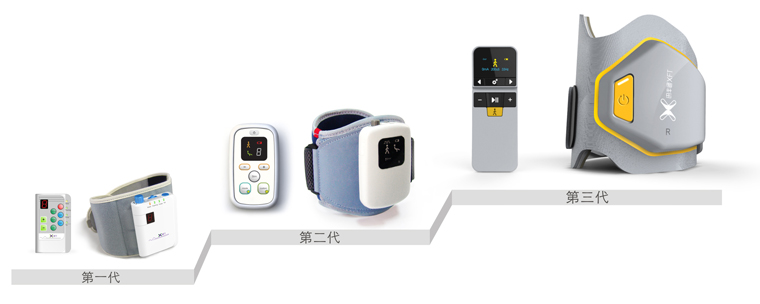
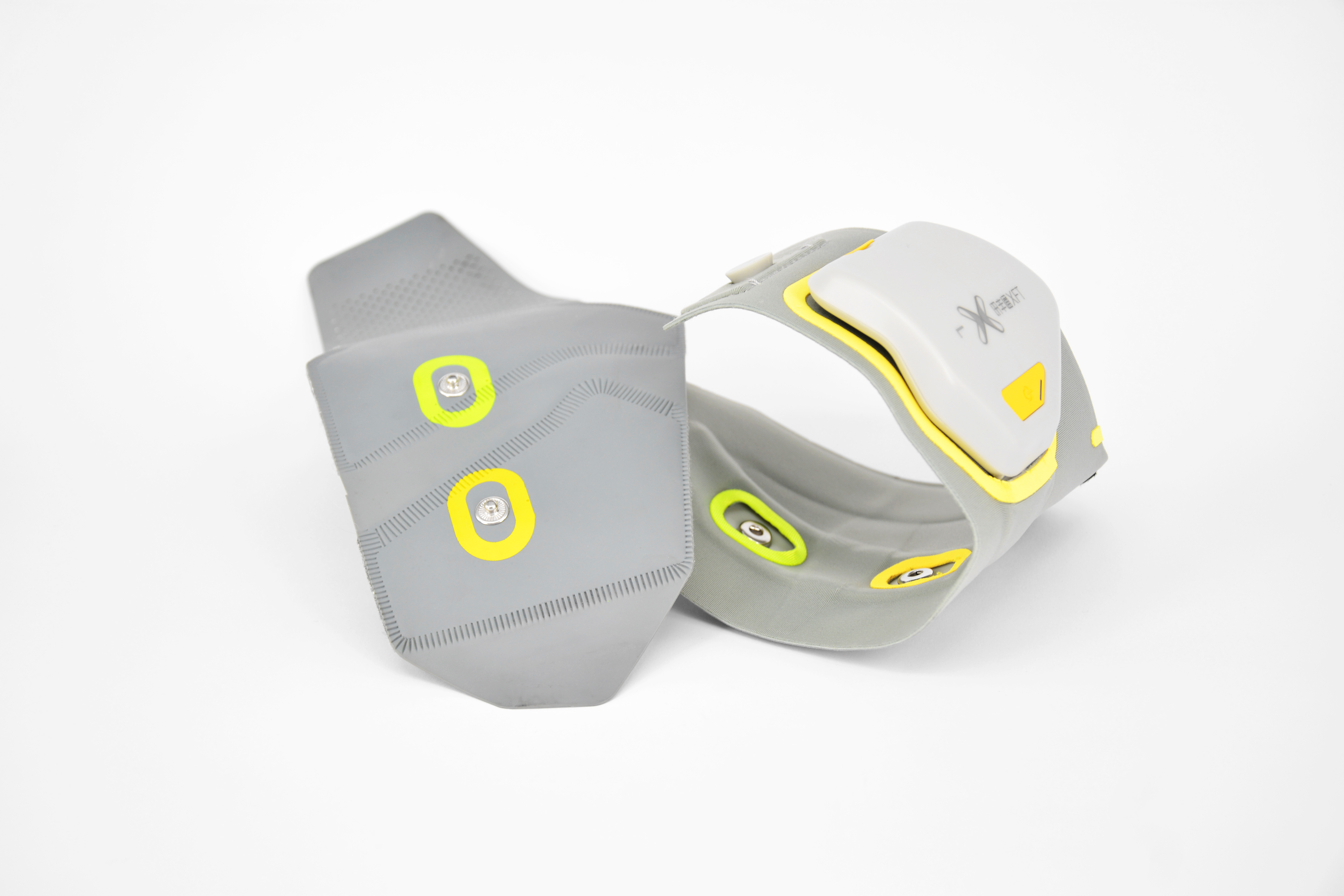
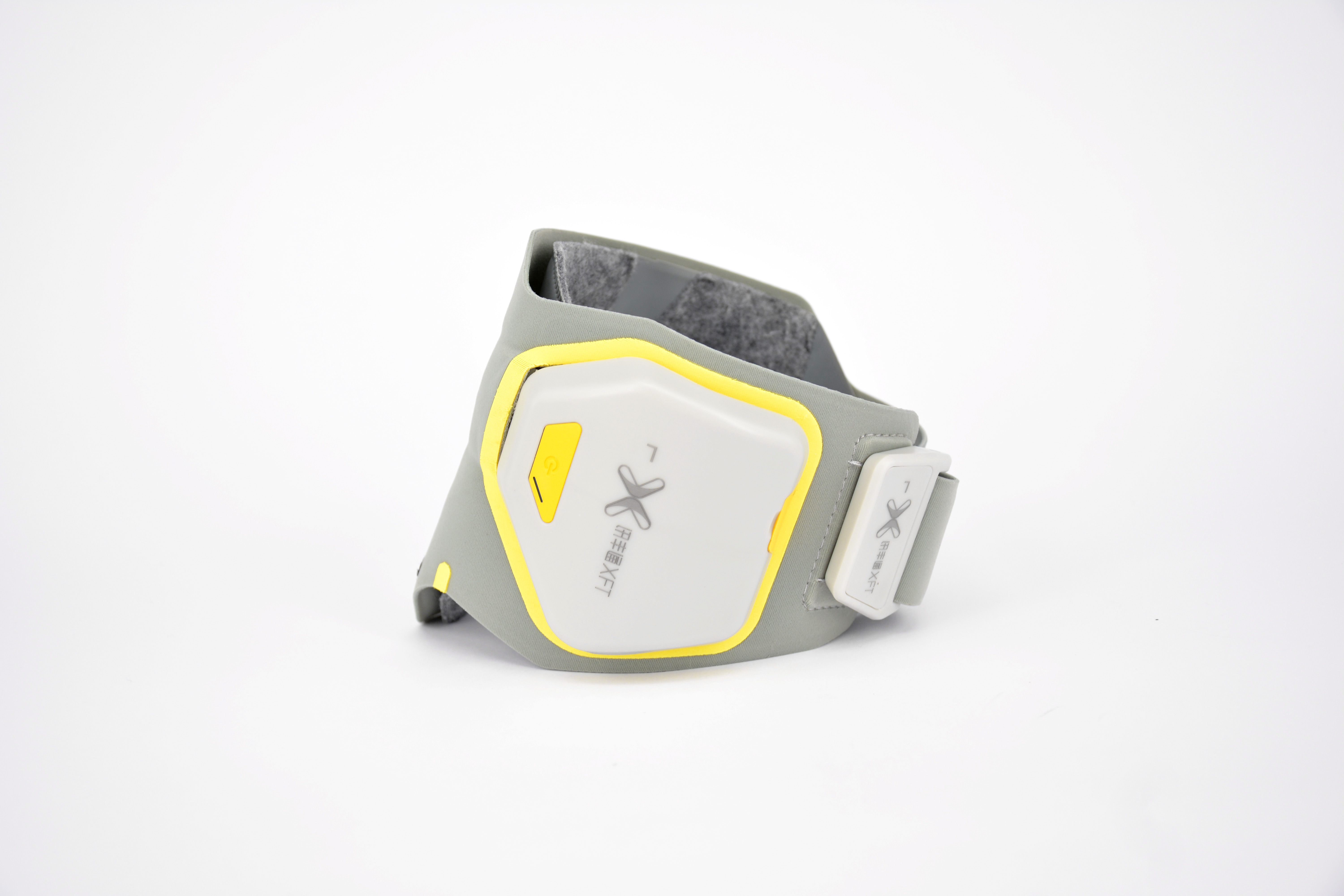
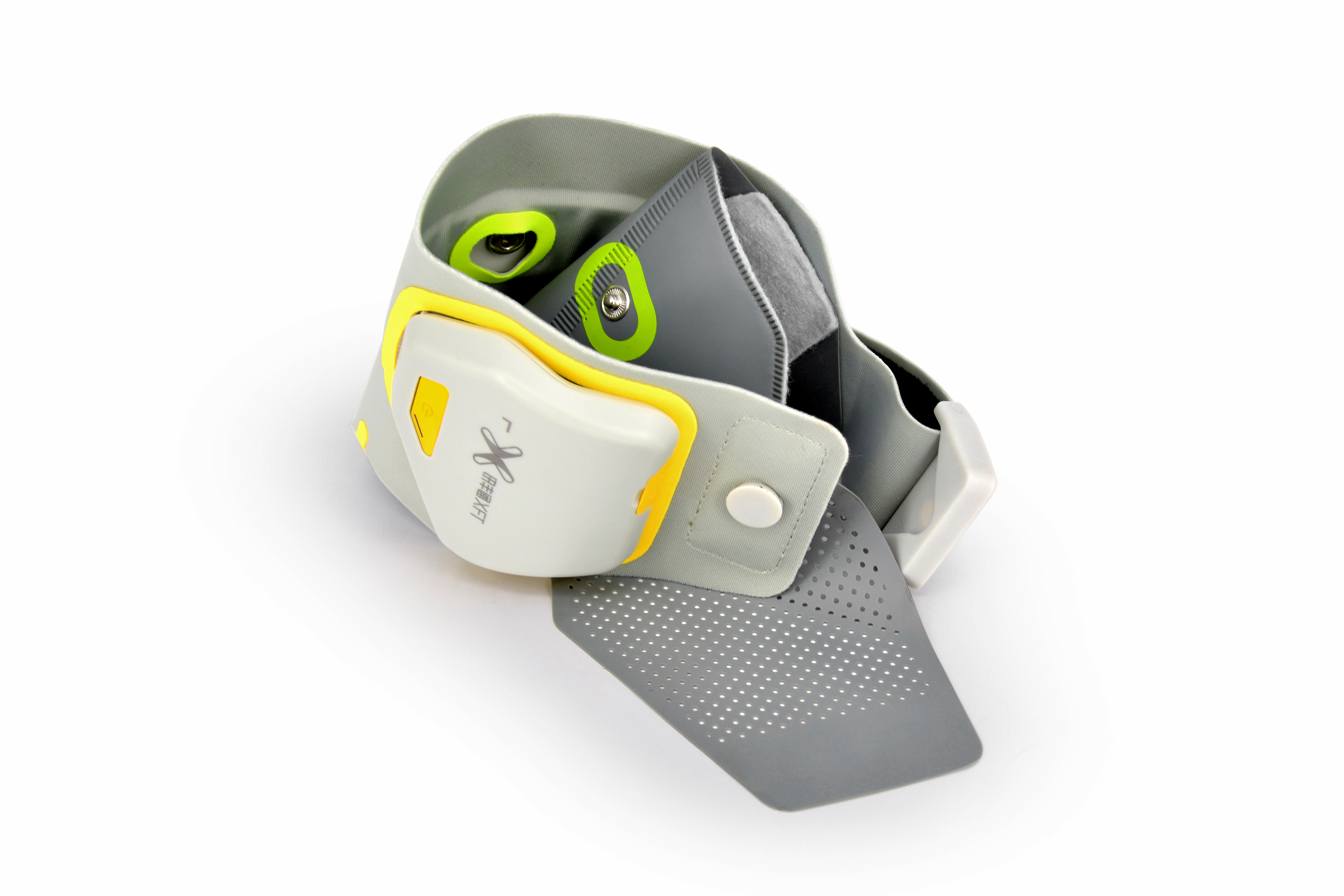
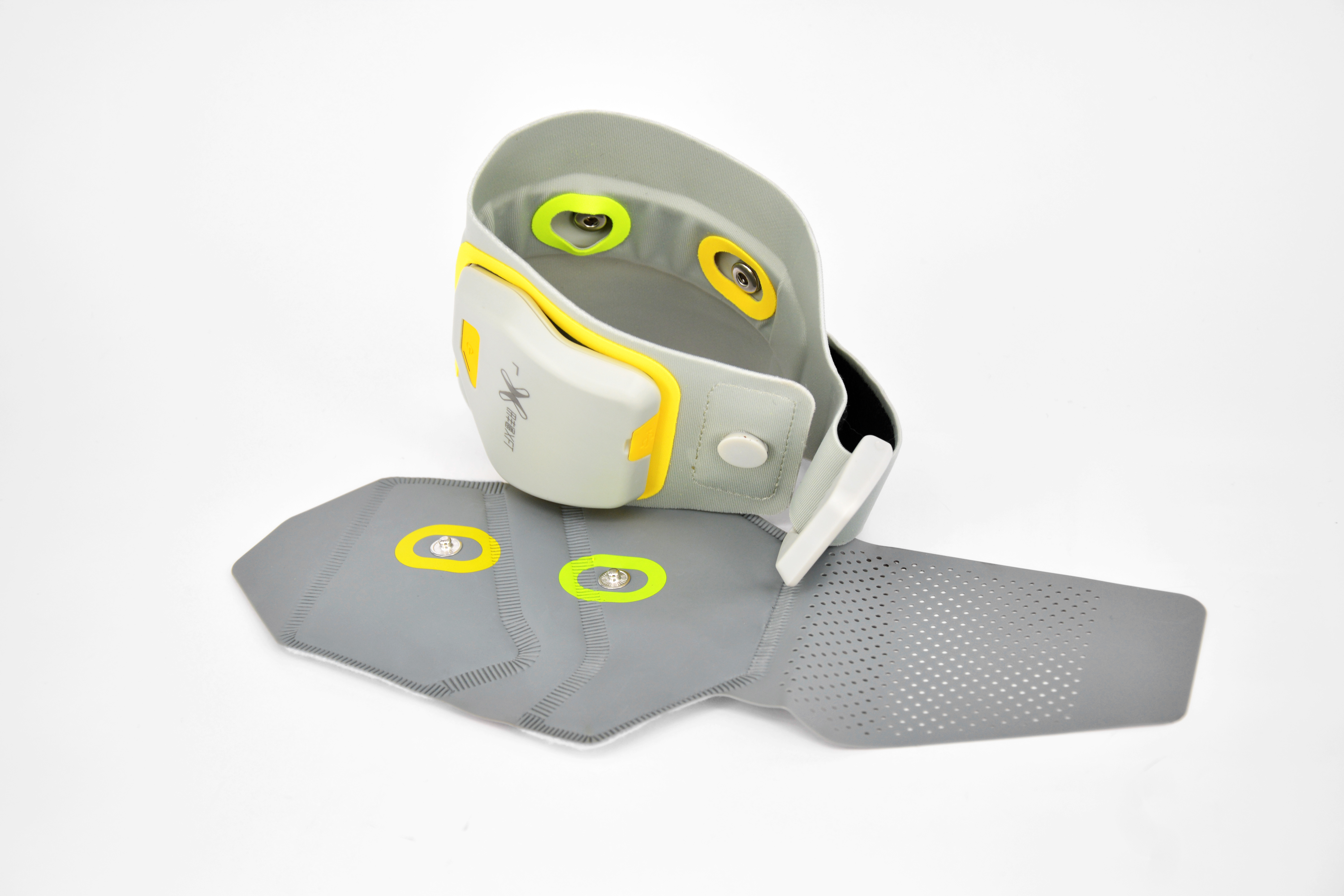
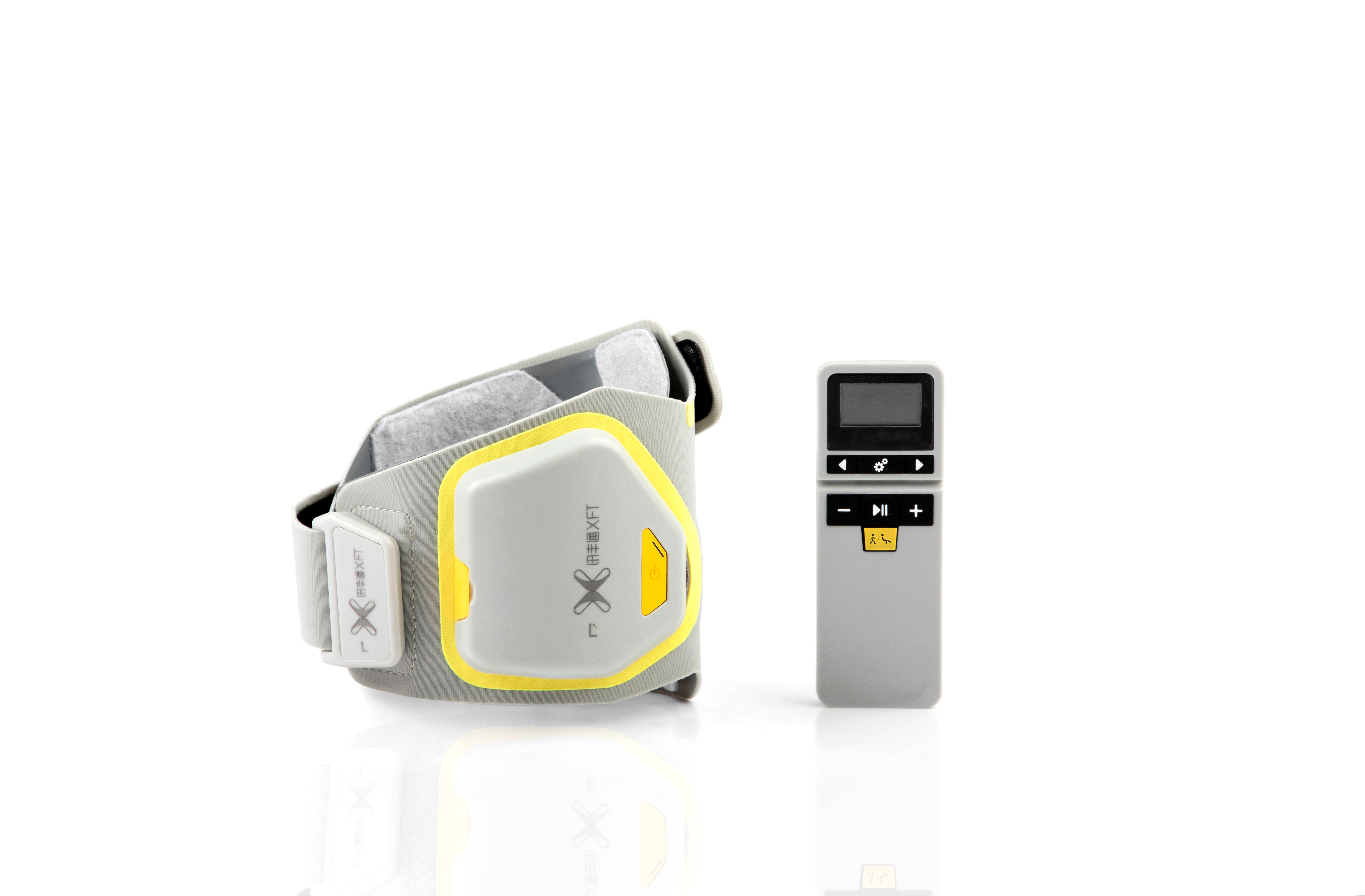
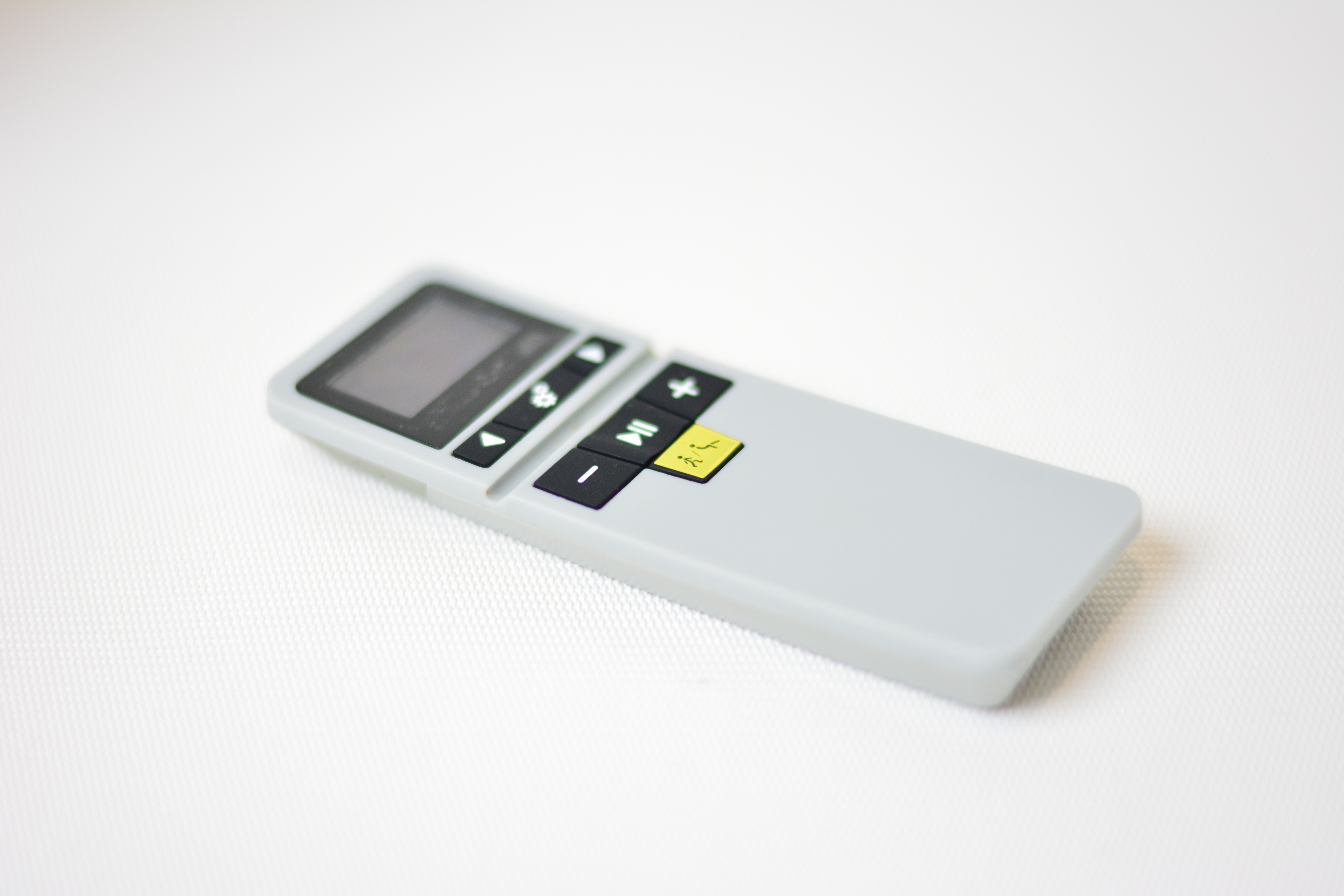
本作品版权归 英国IDC产品设计 所有,禁止匿名转载及个人使用,任何商业用途均需联系原作者。

新用户?创建账号
登录 重置密码

请输入电子邮件以重置密码。
very good
Professional rehabilitation tools
Design for the benefit of mankind